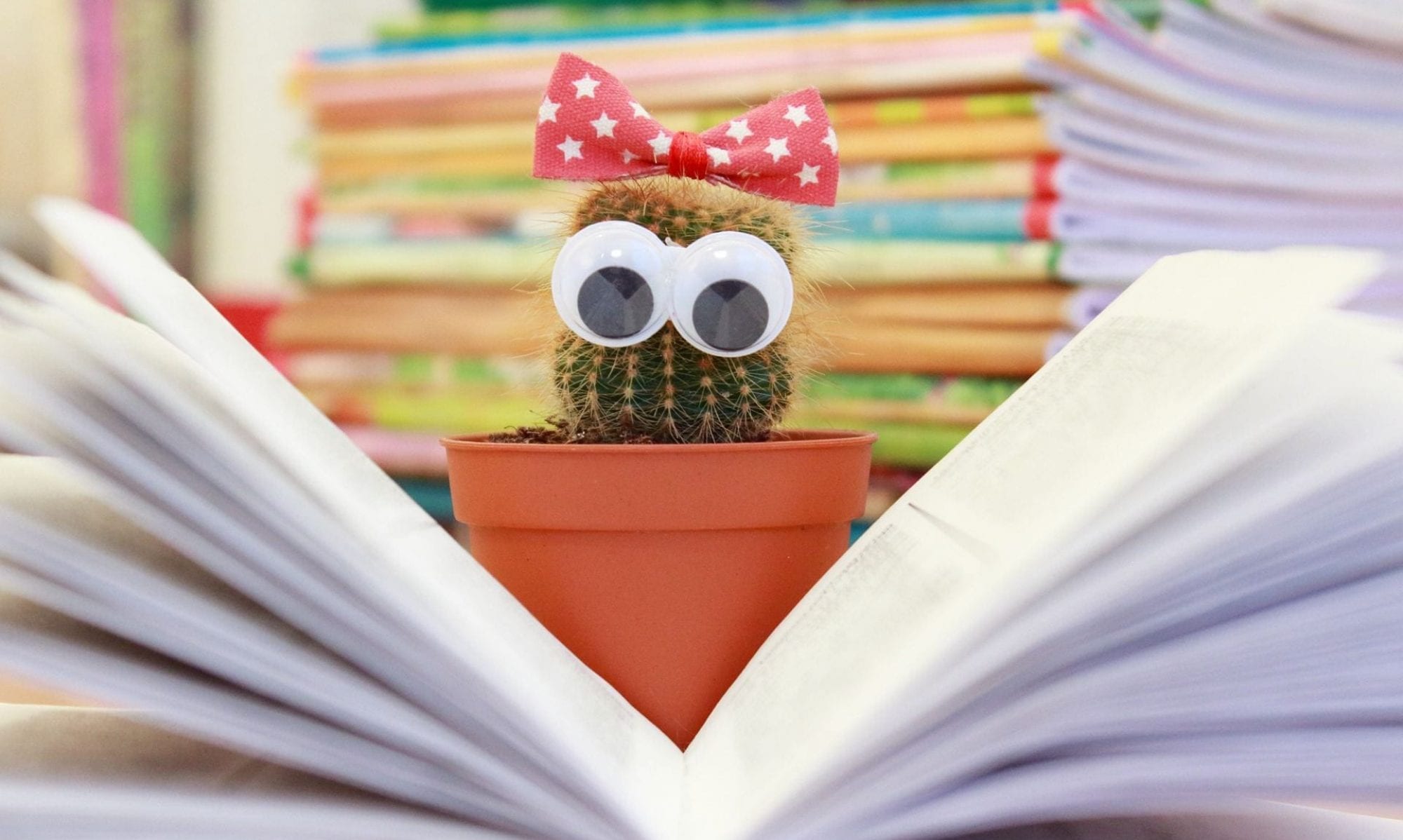In these modules I really considered my interpretation and teaching of information literacy based on purpose and context.
As an overarching concept IL being linked to lifelong learning and its development in an ever changing information landscape is highly relevant to the context of learning for today’s students, and their development of 21st Century skills.
The connection between digital and information literacies is strong and they are often used interchangeably. I consider that Information Fluency is the overarching concepts and digital literacy and information literacy fit underneath it’s umbrella. To be fluent in something means that you can understand connections between concepts and apply them in different situations. Within each type of literacy there are smaller concepts which need to be explicitly taught and understood. For example, for information literacy the concepts include research skills (those included in various IL models), for digital literacy the concepts include ethical use of ICT, and use of software & hardware.
It has become clearer to me that I need to fully understand my own definition of these literacies in order to be most effective in applying them to unit and teaching them. My understanding so far encompasses use, analysis and synthesis of information and resources to achieve a goal.
Transition from outcomes-based learning to inquiry, Constructivist learning is an important part of changing the education system. Outcomes-based learning reflects what students know, what they can do with it and how confident they are in expressing their knowledge. An inquiry learning model allows students to explore areas of interest within a topic, they are introduced to inquiry process skills, and begin to learn how to learn. Use of inquiry learning has links to my module in INF530 about information fluency and digital age learners.
I have used adaptations of the Big6 model of information literacy and the NSW Information Search Process and Backwards by Design in the creation of collaborative inquiry units. I reviewed the SA TfEL framework for areas of connection to inquiry learning and found them throughout the document in Domain 3 and 4.
Domain 3: Develop expert learners focuses on teaching students how to learn and processes they can use to construct knowledge. It looks at promotion of learning through modelling and promotion collaboration and dialogue. To give students the responsibility to create, critique and apply knowledge in a variety of contexts. This description lends itself to the explicit teaching of inquiry skills (eg. identifying questions, note-taking, reflecting) and use of an inquiry model to gain deep understanding, journalling of thoughts, feelings and processes, collaborative discussions, using scaffolds to record information.
I found starting with the end point in mind with Backwards by Design planning a useful way of ensuring the end goal was met. My lesson content was then planned around what skills and knowledge do students need to achieve success at the end of the unit. I try to incorporate this thinking into any planning I do now, including that for inquiry learning.
In this module I enjoyed reading about different inquiry models and looking at the similarities and differences. I like the depth the Guided Inquiry Design (GID) goes into and the pace at which each stage is implemented. It seems like students would achieve a solid grounding in a range of skills at each stage. But I also think that the Big6 or NSW ISP might be simpler models to implement. There may be more transferrable techniques into the outside world as there are fewer steps to work through. I have worked with the Big6 and NSW ISP previously, but without comprehensive background knowledge into ways to fully explore each stage.
The connections with the Australian Curriculum General Capabilities (CCT and ICT) are evident but they are not obviously associated with GID. This does provide a large scope for TLs to create a process which fits their school context. I am keen to further explore Guided Inquiry Design and the work of Lupton and Bonnano in aligning parts of the AC general capabilities to this framework.
I am interested in further exploring the IFLA School Library Guidelines to develop my understanding of pedagogical and technological change and how it could be implemented.
21st century skills are integral to the learner of today. Students need to leave school having the skills and dispositions to answer their own questions accurately and to apply them in a professional setting. Students need to know how to evaluate information sources and search efficiently and effectively. Integration of GID into curriculum will assist students in developing these skills.
While assessing student success in inquiry skills can be difficult, it is necessary for TLs to collect data on student achievement and progress through their inquiry sessions. Like the AITSL video showed, I would collect pre and post data surveys on students’ self-assessment of the information skill being highlighted in the topic. It is important not to overload on the skills teaching during a single unit; but allow students multiple opportunities to practice and develop several well integrated skills. These can then be built upon in future inquiries.
I enjoyed these modules and would like the opportunity to put some the ideas about evidence-based practice and collaborative opportunities into practice.

